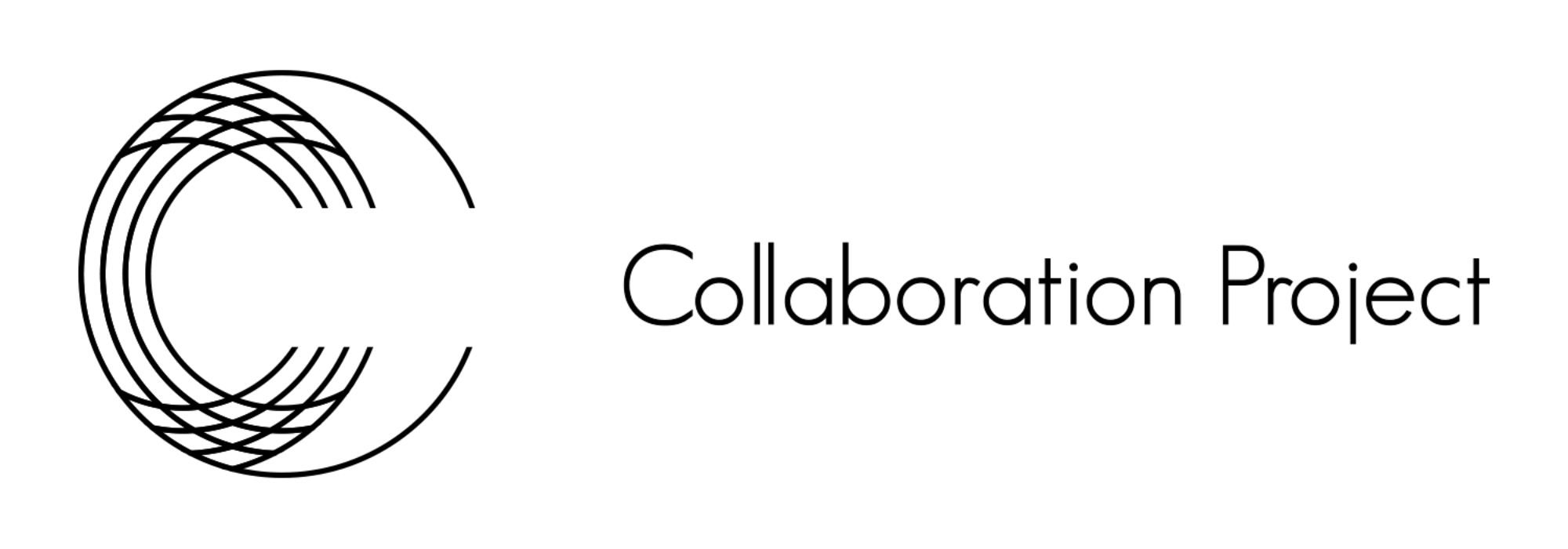MOM: A Collaboration Four Decades in the Making
Tricia Nolan, MOM Board President
By Dietrich Gruen
Collaboration Project Story Team
It began in 1980 as a “Middleton Outreach Mission” to all the apartment dwellers moving to the westside of that Madison suburb. Soon the mission became more than one church could handle.
So, in 1984 its founding church, St. Luke’s Lutheran, welcomed St. Dunstan’s Episcopal, Middleton Community Church UCC, and St. Bernard’s Catholic Church in reforming itself as a nonprofit, named “Middleton Outreach Ministry” or, more fondly, MOM.
It is now a major organization in the community focusing on providing food and housing security through both action and advocacy so that, as it says in its mission statement, it helps create “a community where everyone has the stability to thrive.”
This fledgling nonprofit expanded in the 1990s and early 2000s beyond a 4-church coalition to partner with Dale Heights Presbyterian (1989), Asbury United Methodist (1991), High Point & West Middleton Lutheran (1995), Lutheran Church of Living Christ & Gateway Community Church (1998), St. Thomas Aquinas Catholic & Lakeshore Community Church(2002), and St. Martin’s Lutheran in Cross Plains (2005). In the last decade, some of these partnerships have changed and many new churches have begun partnering with MOM in a variety of ways.
Since 2008, MOM has expanded beyond the initial core of churches to also include more community partners in Middleton, the west wide of Madison, and Cross Plains. These partnerships are integral to the extraordinary growth of MOM over the past 25 years. Using collaborations - organically and intentionally - will chart a path forward for any nonprofit. Examples of how MOM has done this can be a guide to others seeking to collaborate.
Service Collaborations
MOM partners with many other social service organizations in our community who provide similar or complementary services. Some of the organizations MOM has partnered with include JustDane (formerly known as Madison-area Urban Ministry), St. Vincent de Paul, Lutheran Social Services, Jewish Social Services, Catholic Charities, Catholic Multicultural Center, the Salvation Army, Community Action Coalition, Community Immigration Law Center, the Literacy Network, Madison College Foundation, Open Doors for Refugees, and Joining Forces for Families.
This cooperative network of partner organizations works tirelessly to ensure that vulnerable members of our community receive the care and support they need. Beyond churches and service organizations, MOM partners with schools to increase access to personal hygiene items and backpacks of school supplies as well as to provide information about seasonal support MOM offers including Thanksgiving baskets of food, and “winter wishes” (gift cards for Christmas).
To help the Seniors and the elderly, MOM cooperates with appropriate agencies, such as the Aging and Disability Resource Center and Middleton’s Senior Center, in sharing volunteers and resources.
Another example of cooperation is the extent that MOM joins other United Way agencies in political advocacy on social justice issues and solution-focused initiatives, such as “housing first.”
Committee Collaborations
MOM also collaborates with others through both internal and external committees. MOM’s eleven-church Community Service Council is one cooperative network. Area churches not on that council, e.g., Blackhawk Church and High Point Church, nonetheless are important collaborating partners with MOM.
(In the interest of full disclosure, I work to further the relationship between High Point Church, where I serve as Benevolent Fund Coordinator (2013-now), and MOM, where I served as the Executive Director (1997-2008). I talk almost weekly with MOM case manager, Sitha Ok, as we support and follow up many of the same people. We share resources and make referrals back and forth to help stabilize families.)
A prime example of this is the Homeless Services Consortium—a 93-member cooperative, of which MOM is one. That coordinating council sets guidelines for gatekeeping and data sharing—all to better serve the homeless. Agencies contract with each other on joint grant proposals to/from United Way of Dane County and to secure state/federal COVID-19 relief funds. Participating agencies comply with grant guidelines and together build a vital and sustainable social safety net. “It takes a village....”
Community Engagement Collaborations
MOM also coordinates with others in co-venture marketing for raising funds together. Hence, during the COVID-19 era stay-at-home orders, they co-sponsored monthly “dinners-to-go” with the 1847 Stamm House. Likewise, pre-COVID at West Town Mall, Keva Sports, Mead & Hunt, and other locales every Spring, participated in and provided support for a “CANstruction” event. This fun food drive creates mounds of food in giant art forms that promote brand loyalty and buy-in from many businesses, schools, service clubs, and other teams.
The Art Show & Auction at Food Concepts, Inc (in October) and Holiday Art Fair (in December) are two other long-standing co-ventures with MOM that raise significant funds.
A History of Collaboration
Collaborations have been important throughout MOM’s history. Very intense long-term work is required to make and sustain a viable fruitful collaboration. Examples of partnerships are evident in the growth of MOM from a single church (St. Luke’s of Middleton) to a dozen churches over the last 40 years.
Some supporting churches incorporate with by-laws, elect officers, set executive parameters, define service areas and other program guidelines. In the past, United Way itinerates its agency directors as consultants to assist start-up agencies and existing coalitions to reduce redundancy and build high-functioning partnerships, such as the ones that MOM strives to build. Hence, I helped in Stoughton, Waunakee, and Sun Prairie during my 11-year stint at MOM. UWDC rewards such collaboration with increased funding.
Collaborations continue to represent ways that organizations can reach out beyond their own limits and multiply the good they do for the community. MOM is a large-scale example of this, but the principles can work for the many congregations and projects that are celebrated and accelerated by the Collaboration Project.
Together, they work together for the common good and to accomplish their complementary missions.




